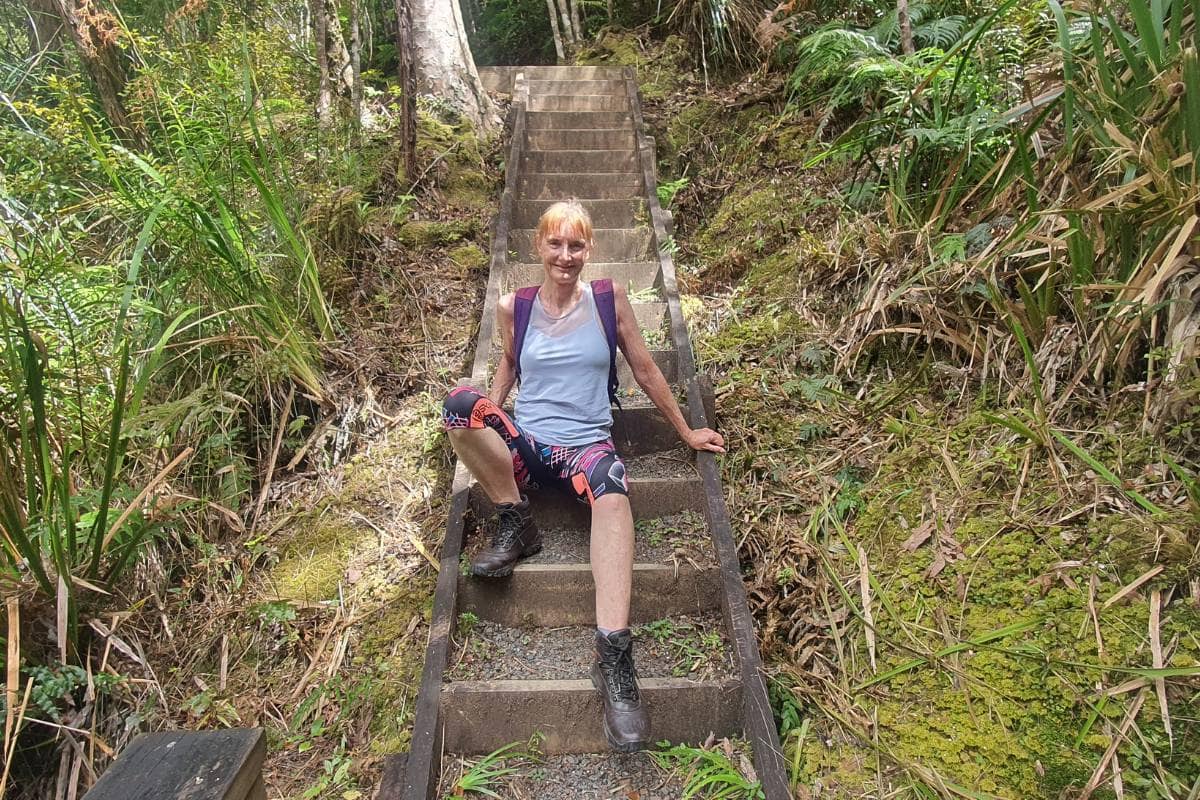Home » Walking Tips » Safety and Gear Essentials for Walking & Hiking in New Zealand
Heading out to walk or hike in New Zealand’s stunning landscapes? Whether you’re planning to trek through the rugged Southern Alps or explore the lush forests of Fiordland, being prepared is key to a great experience.
Here’s my straightforward guide on what to pack and how to stay safe, with tips.



With the right gear and a bit of prep, you’re all set to safely enjoy New Zealand’s awe-inspiring walks. From casual short walks to challenging mountain climbs, there’s something here for every hiker. Just remember, a little preparation goes a long way!

Packing smartly and preparing for the unexpected will help make your long hiking trek in New Zealand both memorable and safe.

Why not check out my favourite walks in the North and South Islands, it’s a great place to start if you’re not sure what’s best for you.
FREE Auckland Walks eBook